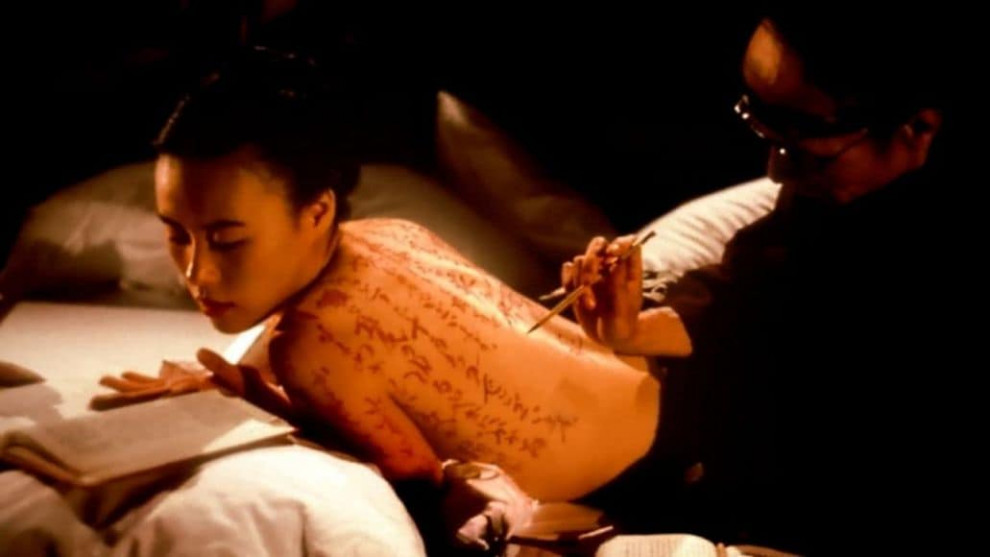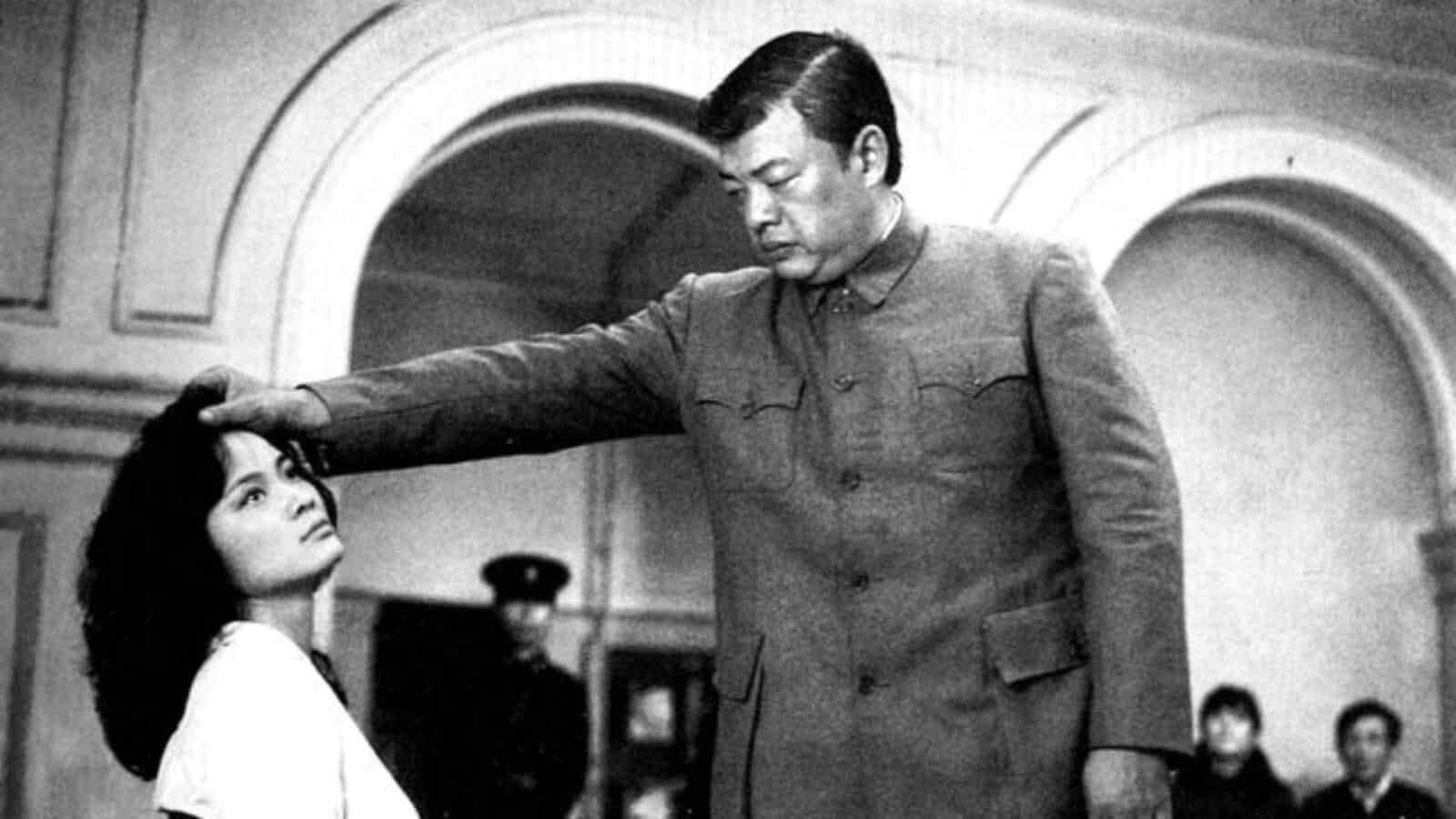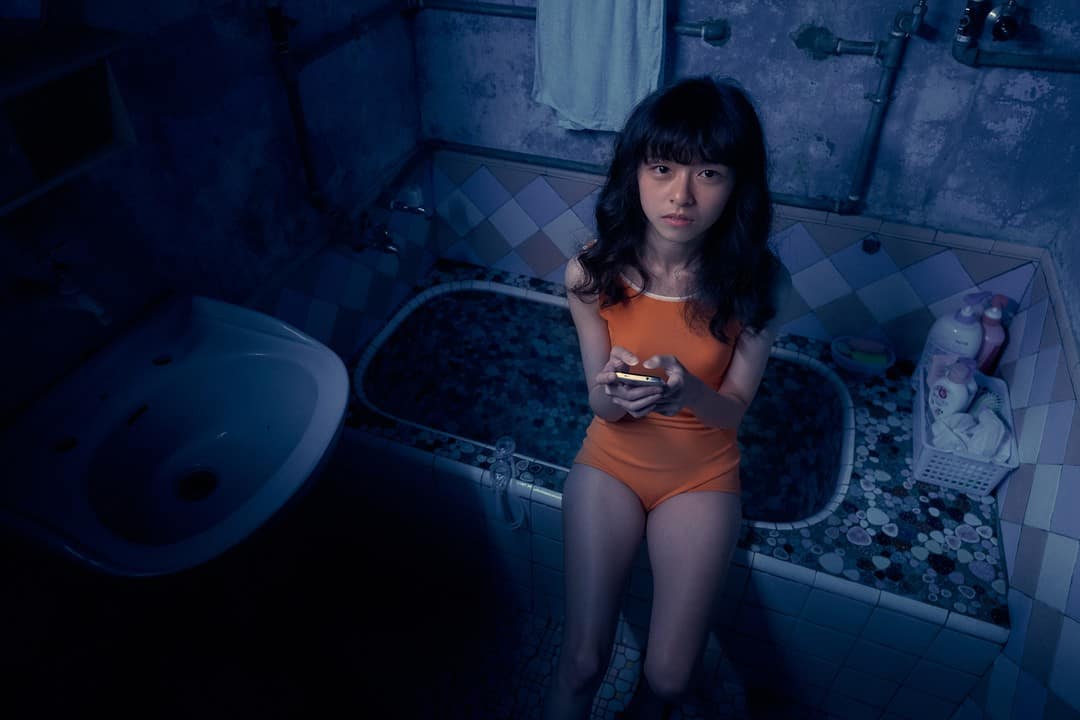Within the discipline of deciphering or analyzing, we have to become fluent in speaking art's language. Especially those willing to critically or creatively engage in a certain field of art, there is no denying that your knowledge in the specific language can often decide on the quality of your work, even though it may be a different matter with regards to its commercial success. However, the close connection of image and film is what defines the language of film specifically, an alliance which may be quite fruitful while also dangerous if we think of the misuse of the medium for ideological purposes. In an essay in the British newspaper, The Guardian filmmaker Peter Greenaway stated there is an “uneasy partnership of image and text in cinema” since “most images are slaves to text.
Buy This Title

While many of his works have explored the link between image and text as well as the world of arts in general, in his 1996 feature “The Pillow Book”, Greenaway explores these concepts further within the field of Japanese culture, especially writing or calligraphy. In the film, we follow the story of Nagiko (as an adult played by actress Vivian Wu) whose father (Ken Ogata) was a talented calligrapher who made a contract with his publisher (Yoshi Oida) for an arranged marriage between his daughter and the publisher's young apprentice. Nagiko grew up taking pleasure in the field of literature and calligraphy, with her father writing on her body on several occasions, and is quite frustrated when her new husband rejects her desires, even makes fun of them on several occasions.
When she learns about her father being blackmailed by the publisher, she starts to plan a revenge against the man who has caused her so much misfortune. As she moves to Kong Kong she meets Jerome (Ewan McGregor), a young translator fluent in many languages, and has him writing on her body after which they have sex. Although she is dissatisfied with the writing of him, on a later occasion she finds out about his connection to the publisher and makes him part of her revenge scheme.
Considering his previous work mark Greenaway's predilection with the world of art and his tendency to experiment with the language of cinema, “The Pillow Book” fits right in with his former body of work. In the case of the Asian background, most specifically the art of calligraphy, Greenaway's script explores the connection between calligraphy to Asian culture, history and most importantly the individual, especially Vivian Wu's character. The idea of writing on someone's body, to create something on a character's skin is frequently referred to as the most profound act of creation paralleled only by God's creation of the first human being. On a person's skin an Asian proverb, the Lord's Prayer or one's own creation, something Nagiko attempts to write, becomes quite literally alive, a thing no longer “just” a work of art but the most perfect amalgam of word, image and meaning.

At the same time, the human body in connection with the world of literature, becomes the center of a person's pleasure. For a character such as Nagiko, sex and writing are interconnected as she is unable to find satisfaction when one of these aspects is missing or under-developed. In that regard, Vivian Wu has the difficult task to make the audience believe in her character's desires, her thirst for revenge, for love, but also to experience the satisfaction of someone who has created something the same way her father did when he write on her forehead and neck. Especially in her scenes with Ewan McGregor, the audience is able to relate to her feelings and her longings since we see both of them in the most perfect image of love and affection.
However, the concept of creating something unique through writing is also mirrored within the visual language of the film. For the most part of the movie, most specifically perhaps in the first part of “The Pillow Book”, the overall image is often divided showing two, at times even three images, some of which from previous scenes, some of which delivering new information about a character. Even though the concept needs getting used to at first, there is also no denying how it creates new meaning, new layers within the film's narrative. Nevertheless, these connections or images do not necessarily make the film's narrative any more profound than it is.
“The Pillow Book” is a visually stunning, narratively solid drama about love, the act of creation and the link between word and image. Supported by strong performances and an interesting approach in terms of visual storytelling, there are many great aspects about Peter Greenaway's film, especially now with the new release of the film by Indicator who have, in their usual fashion, added a plethora of useful supplements in their edition of the film. This is most certainly a film that benefits from a high definition format and given the attention and care that went into this release, cinephiles will most certainly find a lot of enjoyment in this version of “The Pillow Book”.















